There’s nothing like escaping to the wilderness—pitching a tent, building a fire, and trading the noise of the busy cities and suburbs for the relative silence of the great outdoors. For me, camping is a chance to recharge, but it’s not without risks and that’s why over the year I’ve adopted a lot of general safety habits to keep me and my companions safe even when we’re far away from paved roads, electricity and sometimes even cell service. A safe trip means being ready for anything, from a twisted ankle to a sudden storm. So today I’ve put together a guide to camping safety tips backed by the right equipment and training. With the proper gear, know-how, and these practical camping safety tips, you can focus on the joy of the outdoors while staying prepared for whatever comes your way.
Camping Coverage on AllOutdoor:
- The Best Overnight Backpacks for Camping in 2025
- Go Beyond Trail Mix with 6 Clever Ways to Enhance your Camping Meals
- What Equipment Do You Need for a Maximalist Camping Trip?
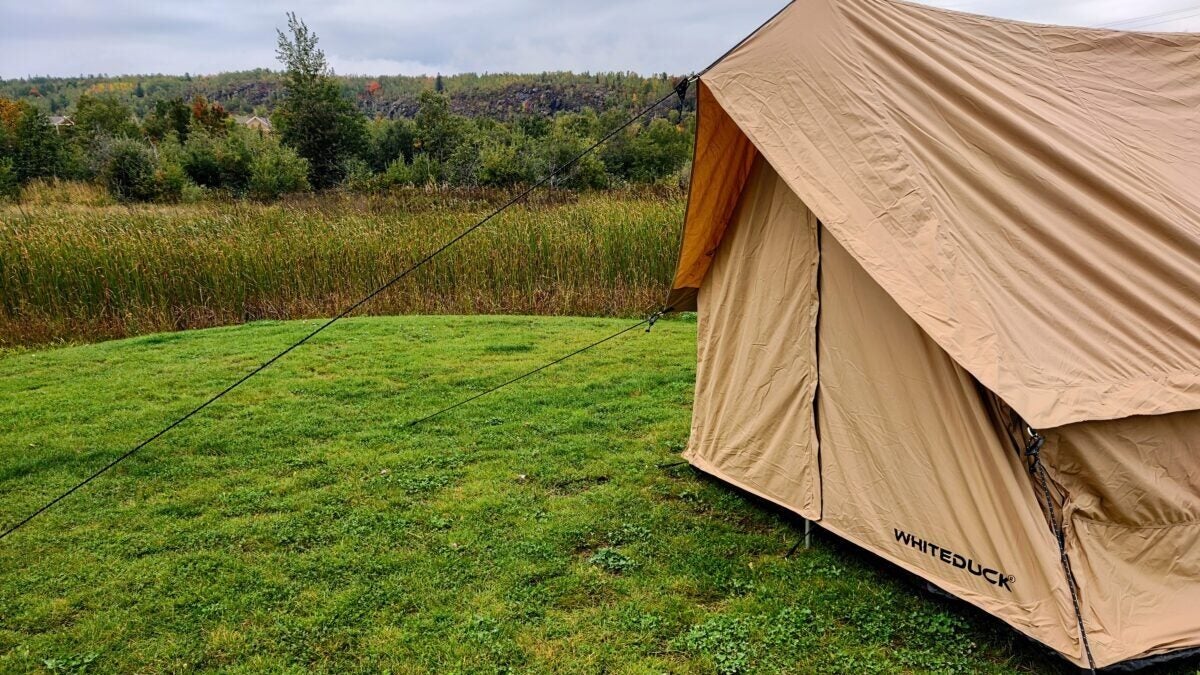
Camping Safety Tips: Gear and Training to Keep You Safe Outdoors
Pack a Reliable First Aid Kit (and Know How to Use It)
Every camper needs a first aid kit, but not just any old box of bandages will do. Opt for a purpose-built kit like the Adventure Medical Kits Mountain Series or MyMedic’s MyFAK, which come loaded with supplies for real-world scenarios—think trauma pads, burn gel, blister treatments, and tick removal tools instead of an IFAK or an office first aid kit. These kits are designed for rugged use, with waterproof packaging and organized compartments to keep everything accessible when seconds count. Check the contents before you go and replace anything expired or used up, most places that offer first aid kits also sell refills for your first aid kit so you’ll never be without supplies.
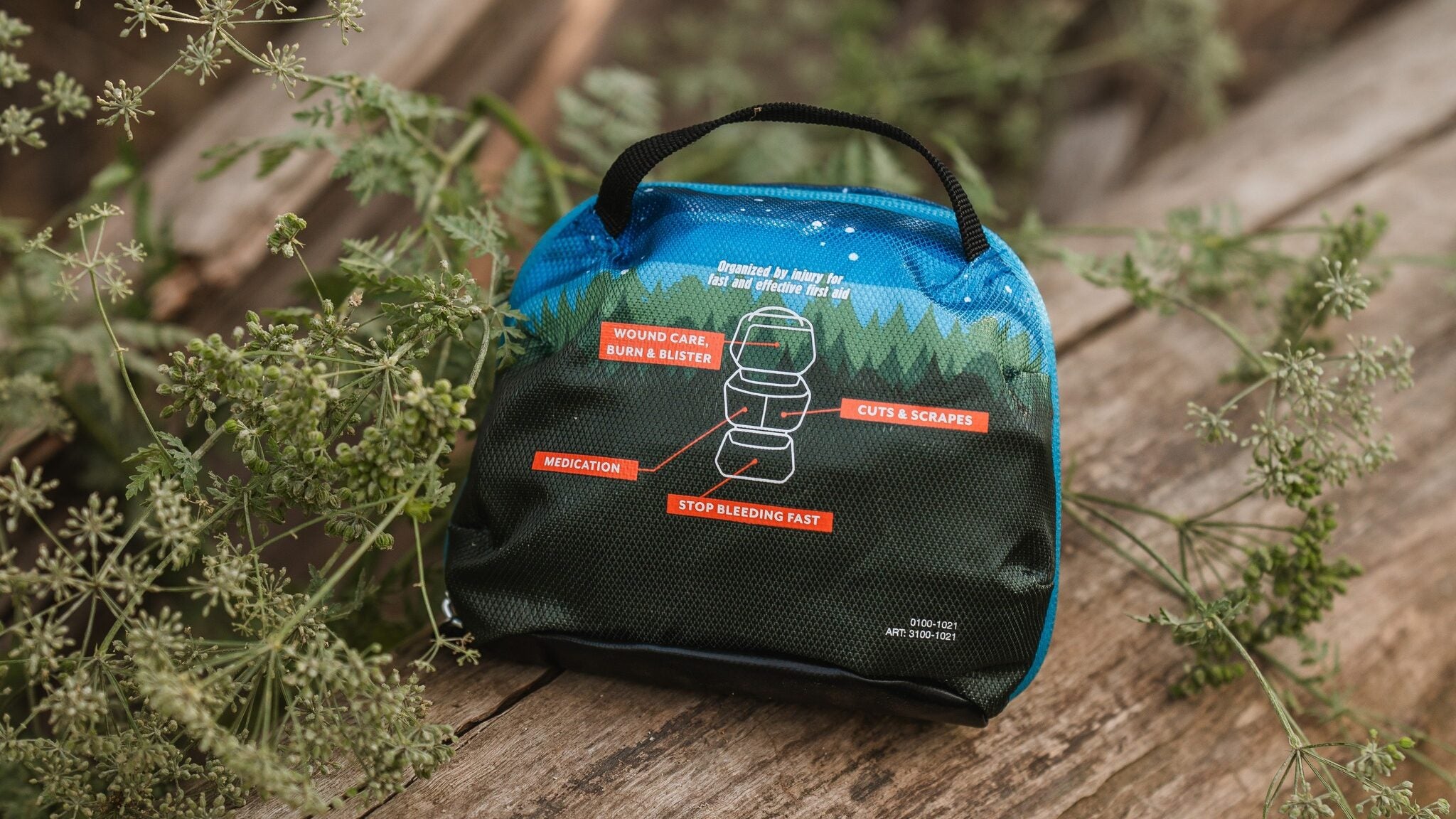
From personal experience, though, I can tell you that gear isn’t going to be enough – you’ll need training to use your equipment and supplies effectively in an emergency. Sign up for a first aid and CPR course through the American Red Cross, REI, or a local outdoor school. These programs, often just a day or two, teach you how to treat cuts, and burns, handle fractures, and even life-threatening issues like heart attacks, strokes, and seizures. You’ll learn to assess a situation, clean a wound properly, and spot signs of shock or infection. That knowledge can be the difference between a minor mishap and a trip to the ER. Plus, you’ll feel more confident knowing you can handle emergencies far from civilization.
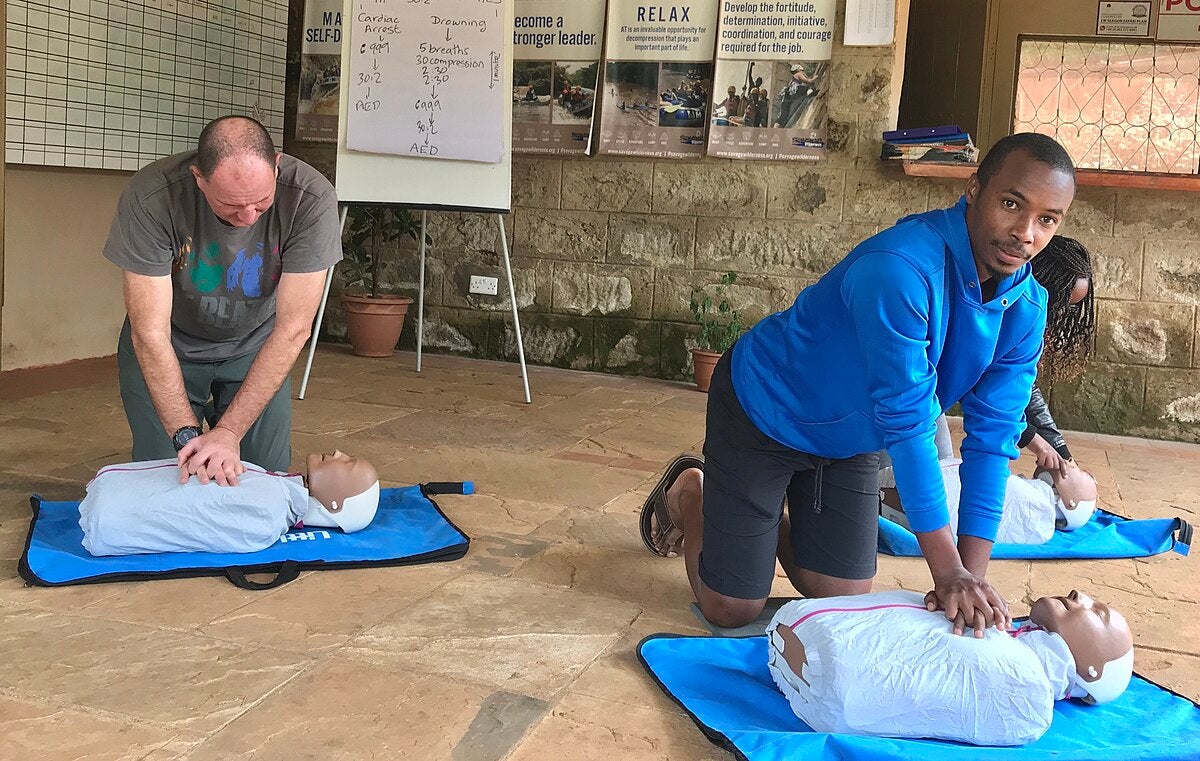
Be Ready to Stop the Bleed
Camping often involves sharp tools—knives, hatchets, or even a rogue branch sharp rocks can cause serious cuts. A bad bleed in the backcountry can turn critical fast, so “Stop the Bleed” training is a must. Offered by groups like the American College of Surgeons, this short course (often free or low-cost) teaches you how to control severe bleeding using direct pressure, tourniquets, and hemostatic agents. It’s practical, hands-on, and designed for anyone, no fancy medical background is required. I’ve had to personally put this training to use in a real-world situation so I know it pays to have the training and the supplies on hand when things go sideways.
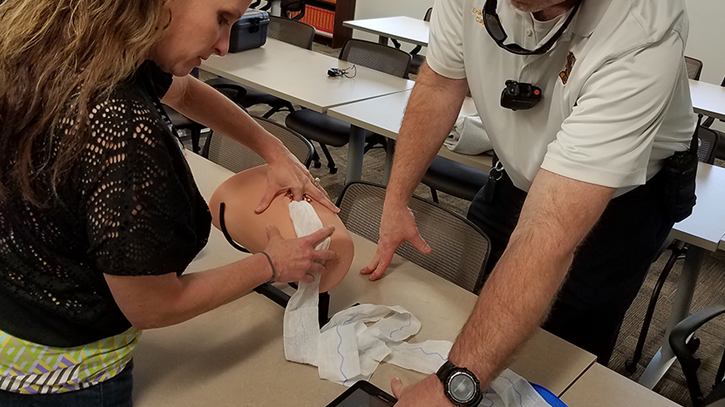
For gear, pack a proven tourniquet like the CAT (Combat Application Tourniquet) sold by North American Rescue or an authorized reseller – Do not rely on TQs from unverified online resellers like Amazon or eBay as these are known locations where you can end up with a knockoff tourniquet which can and will fail should you try to use it for its intended purpose. The CAT Tourniquet is lightweight, easy to apply with one hand, and trusted by professionals. Other supplies like hemostatic gauze like QuikClot or Celox to your kit—these clotting agents stop heavy bleeding in minutes by accelerating the body’s natural process. Store them in a quick-access pouch and practice applying them during your training. You don’t want to fumble with instructions in a high-stress moment. With the right tools and skills, you’ll be ready to act fast and keep a bad situation from getting worse.

Don’t Play With Fire! Master Safe Fire Practices
A campfire is the soul of camping and the usual gathering place for friends and family to share a nice drink with one another, but it’s also a potential hazard if not handled right. Bring reliable fire-starting tools like a ferro rod (try the UST BlastMatch) and waterproof matches in a sealed container. Tinder like petroleum jelly-soaked cotton balls or commercial fire starters (WetFire is a great choice) ensures you can spark a flame even in wet conditions. Always check local fire regulations—some areas require portable fire pits like the Solo Stove or BioLite FirePit to contain flames and minimize environmental impact.
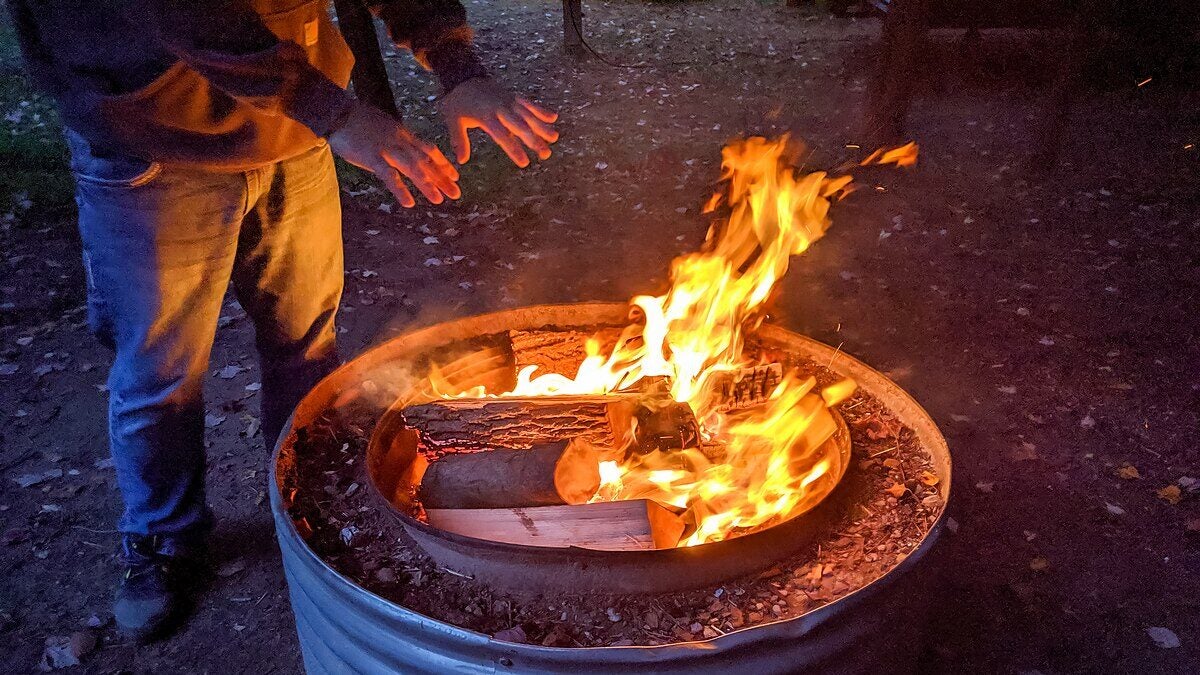
Fire safety training is key. Look for workshops through state parks or outdoor organizations that cover how to choose a safe fire site, clear flammable debris, and fully extinguish a fire until it’s cold to the touch. You’ll learn to build a fire that’s efficient and contained, reducing the risk of sparks igniting nearby brush. Knowing how to manage a fire properly means you can enjoy its warmth and ambiance without worrying about starting a wildfire or leaving a trace.
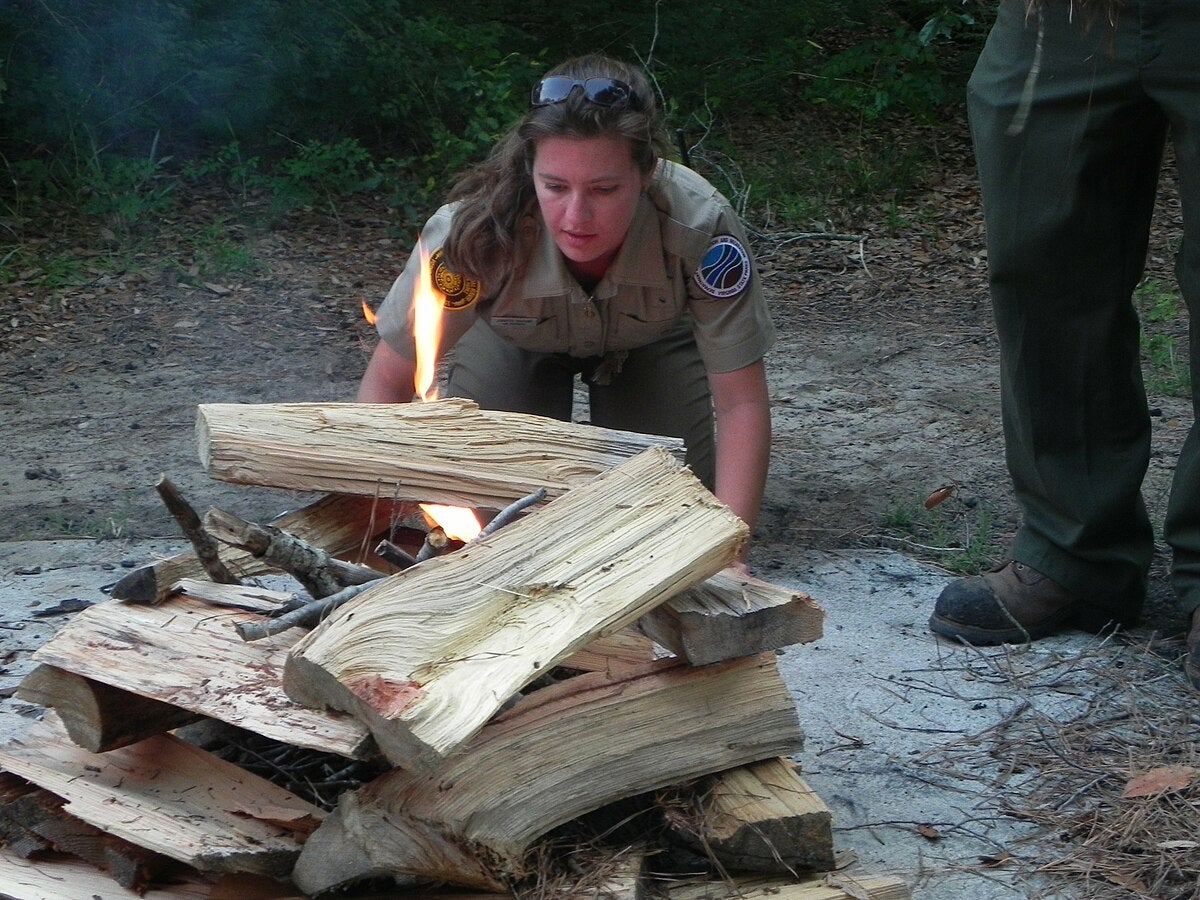
Carry a Personal Locator Beacon (PLB) or Satellite Messenger
When you’re miles from civilization, help isn’t a quick 911 call away. A personal locator beacon (PLB) or satellite messenger can bridge that gap. Devices like the ACR ResQLink 400 or Garmin inReach Mini 2 let you send an SOS with your exact GPS coordinates to rescue teams, no cell service is needed. The inReach also offers two-way texting for non-emergency updates or coordinating help. These tools are compact, durable, and designed for worst-case scenarios. You should not use these devices if you have reasonable access to regular emergency medical services.
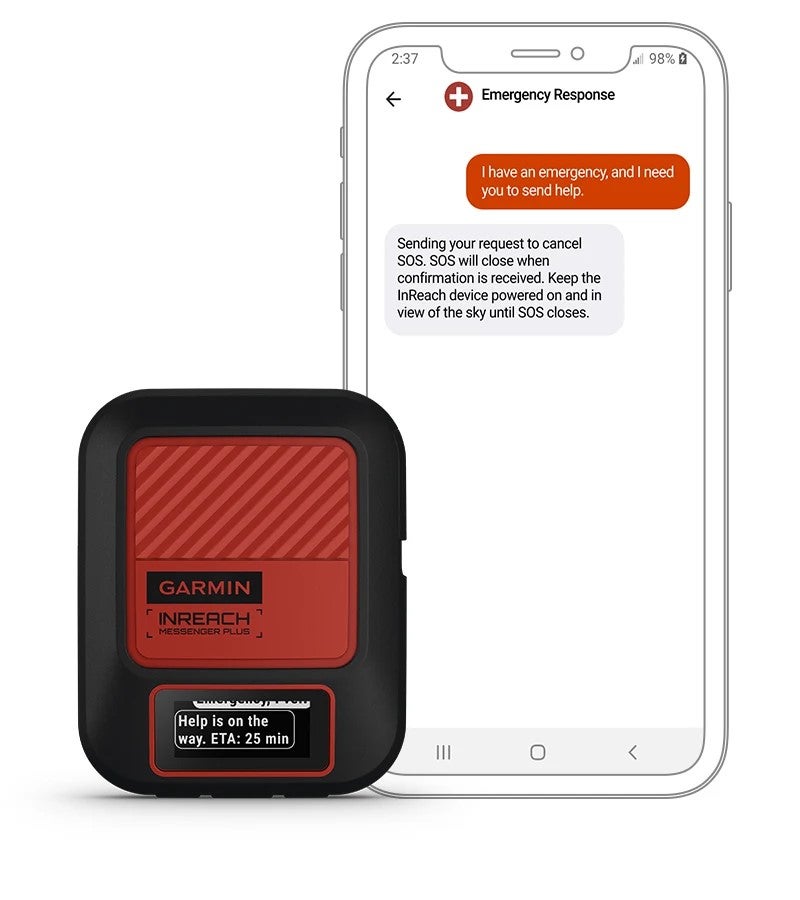
No formal training is needed, but you should register your PLB with NOAA (or your country’s equivalent) and test it before heading out. Spend a few minutes with the manual or a manufacturer’s tutorial video to understand features like battery life and signal acquisition. Always share your itinerary with a trusted contact, including your planned route and return date, so they know when to raise the alarm if you’re overdue. Pairing this gear with a simple plan is your safety net for the unexpected.
Stay Hydrated with a Reliable Water Purification System
Clean water is non-negotiable, and you can’t always trust that pristine-looking stream. A reliable water purification system keeps you hydrated and healthy. Options like the Sawyer Squeeze series of filters or Katadyn BeFree filter water quickly and pack down small. For groups, a pump filter like the MSR Guardian is efficient and durable. Alternatively, purification tablets (Aquatabs or Potable Aqua) are a lightweight backup. Always carry at least two liters of water per person per day, plus a collapsible reservoir for extra capacity.
Take time to learn how to use your system before you go—practice setting up your filter or timing how long tablets take to work. Some outdoor courses, like those from NOLS, include modules on sourcing and treating water in the wild. They’ll teach you how to spot safe water sources and avoid contamination, which is critical for preventing giardia or other waterborne illnesses. With the right gear and knowledge, you’ll stay hydrated without gambling on untreated water. You should bring a backup source of water filtration even if you are already planning on bringing lots of bottled or pre-treated water with you – your primary source of water can easily become contaminated or lost so a backup way to get fresh water is critical.
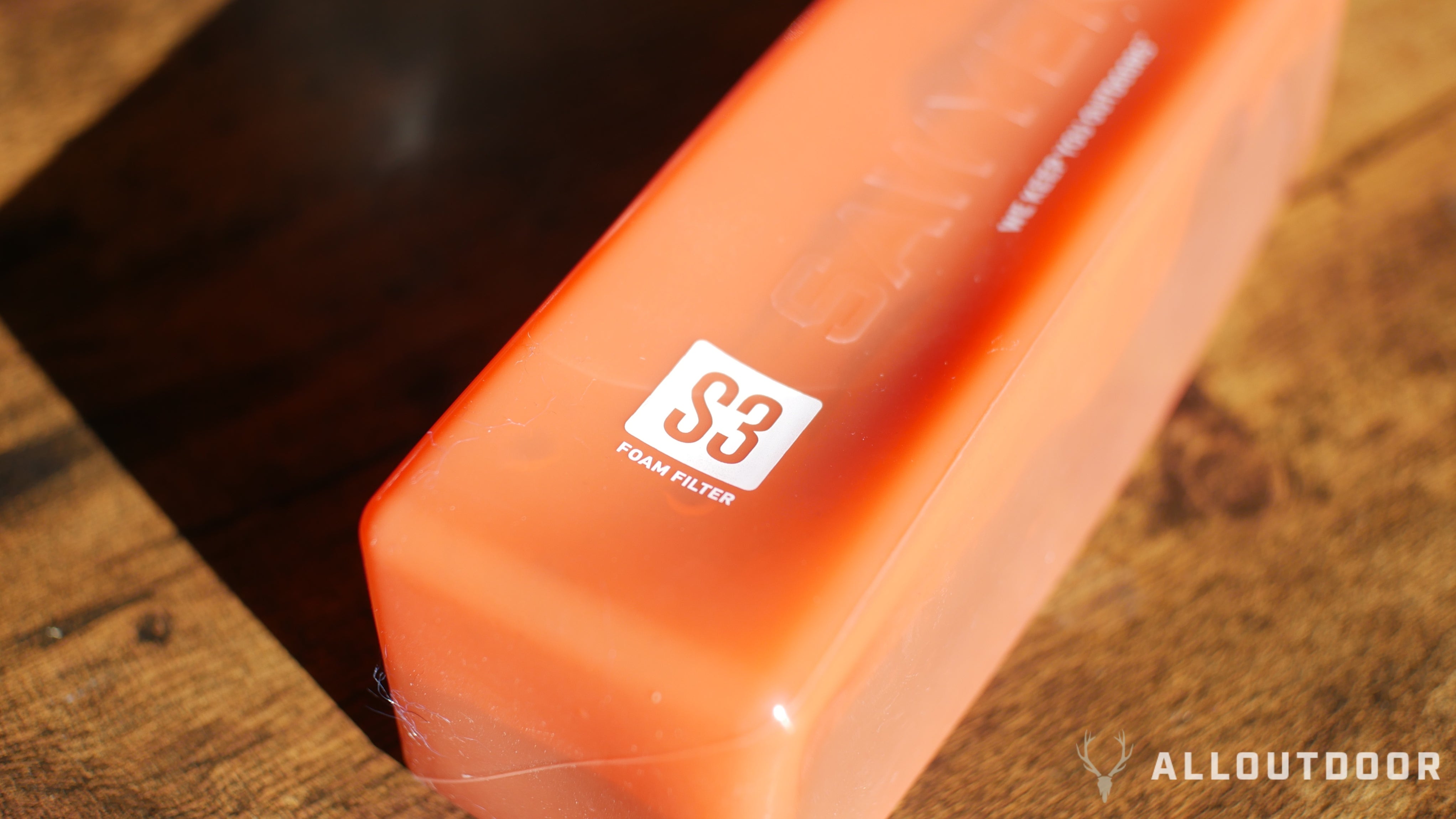
Final Thoughts
For me, and probably many others, camping is about embracing the freedom of the outdoors, but just like any other freedom, being out in the wild comes with its own set of responsibilities. By equipping yourself with the right tools—from first aid kits to bear canisters—and investing a little time in training, you’re not just preparing for worst-case scenarios; you’re setting yourself up to savor every moment of your adventure. Whether it’s the crackle of a safe campfire, the thrill of navigating a new trail, or the peace of mind that comes with knowing you’re ready for anything, these safety measures let you focus on what matters: making memories in the wild. So grab your gear, brush up on your skills, and hit the trail with confidence. The great outdoors is waiting, and with these tips, you’re ready to explore it safely and fully. Happy camping!
The post Camping Safety Tips: Gear and Training to Keep You Safe Outdoors appeared first on AllOutdoor.com.


